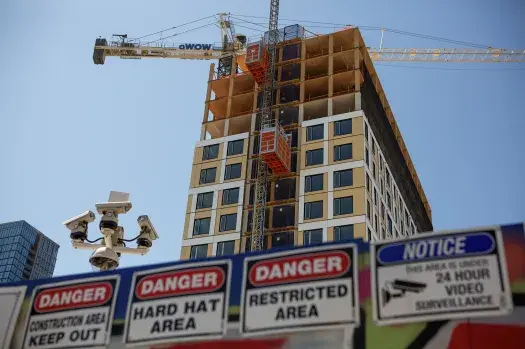California Scales Back CEQA for Urban Housing Projects
- BDN

- Jul 2
- 2 min read

A decades-long battle over California’s top environmental law may have finally ended. With Monday’s passage of a budget-related housing bill, the California Environmental Quality Act (CEQA) will no longer apply to most urban housing developments—effectively removing what many consider the single biggest roadblock to building new housing in the state.
That means most new apartment projects won’t face environmental lawsuits or be required to assess potential impacts to traffic, air quality, or noise. It also removes a common scapegoat in California’s housing crisis: CEQA.
“This isn’t going to solve all of our housing problems,” said Assemblymember Buffy Wicks, who authored the bill, “but it is going to remove the single biggest impediment to building environmentally friendly housing.”
Unlike most environmental regulations, CEQA doesn’t ban specific actions—it mandates public review. For years, housing advocates and developers argued that the law’s broad scope and vulnerability to lawsuits delayed projects and drove up costs.
Now, urban infill housing projects under 20 acres that comply with local zoning will be exempt from CEQA. Some restrictions remain, such as tribal consultation and limits on building height. Developers of all-affordable projects must pay prevailing wages, and those over 85 feet tall must meet some union labor requirements. But for most mid-rise urban projects, CEQA is no longer a concern.
“This is the most significant change to CEQA’s effect on housing production since the law passed,” said Louis Mirante of the Bay Area Council.
The legislation passed overwhelmingly and was signed into law by Gov. Gavin Newsom—marking a stark contrast to 2016, when a similar proposal by then-Gov. Jerry Brown failed without a vote. This time, the proposal had key labor support, including the Carpenters Union, though other trades initially resisted. Last-minute concessions helped get the bill across the finish line.
The change primarily benefits market-rate and mixed-income developments in cities. Suburban sprawl and greenfield developments remain subject to CEQA. But the hope is that removing legal and procedural barriers for infill housing will accelerate badly needed construction.
“The lion’s share of housing being built in California will no longer be governed by CEQA,” said Berkeley planning consultant Mark Rhoades.
Some are skeptical of how much this will move the needle. High interest rates, labor costs, and local permitting delays still pose major challenges. But eliminating CEQA-related delays—often six months to a year—could bring many projects to life faster.
“The one thing we do know is that CEQA is a time suck,” said Ben Metcalf of UC Berkeley’s Terner Center. “If you can just get out of that six to twelve months of delay, that’s not for nothing.”
The bigger unknown is how many projects never even broke ground due to fear of CEQA lawsuits. California may soon find out.
Read full story on Orange County Register



Comments